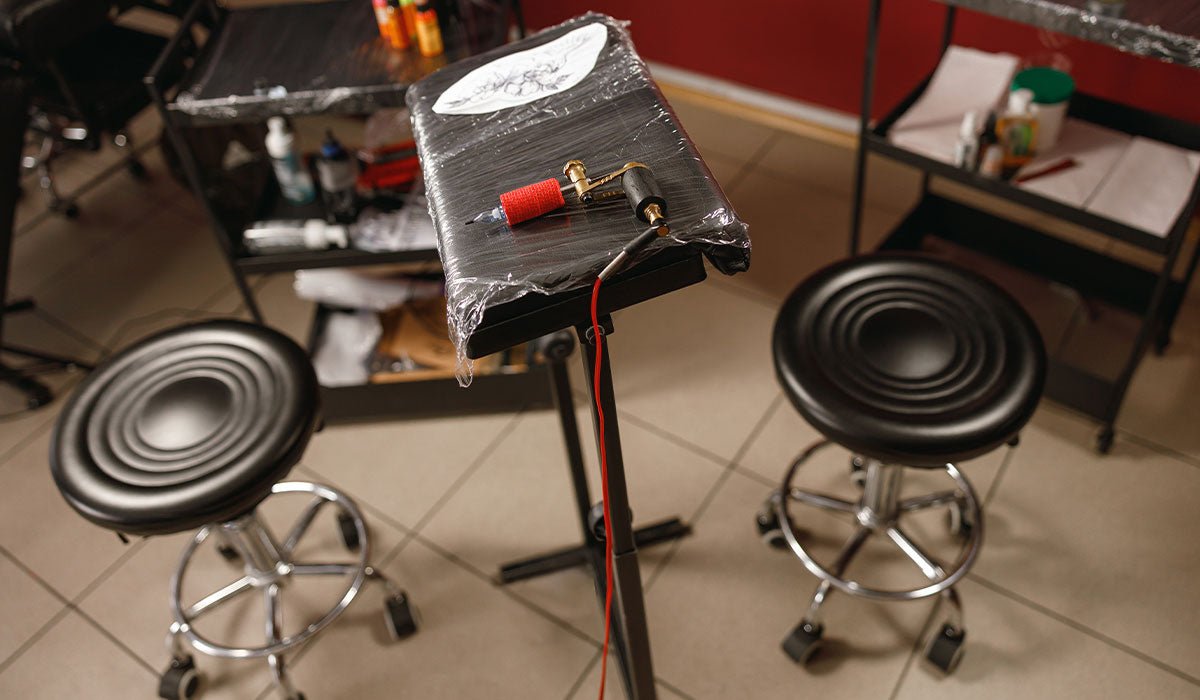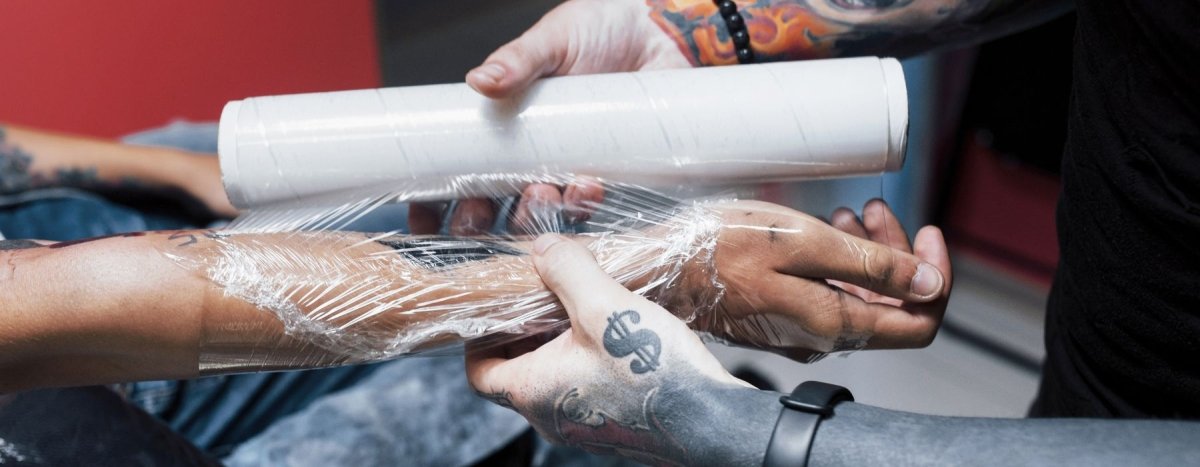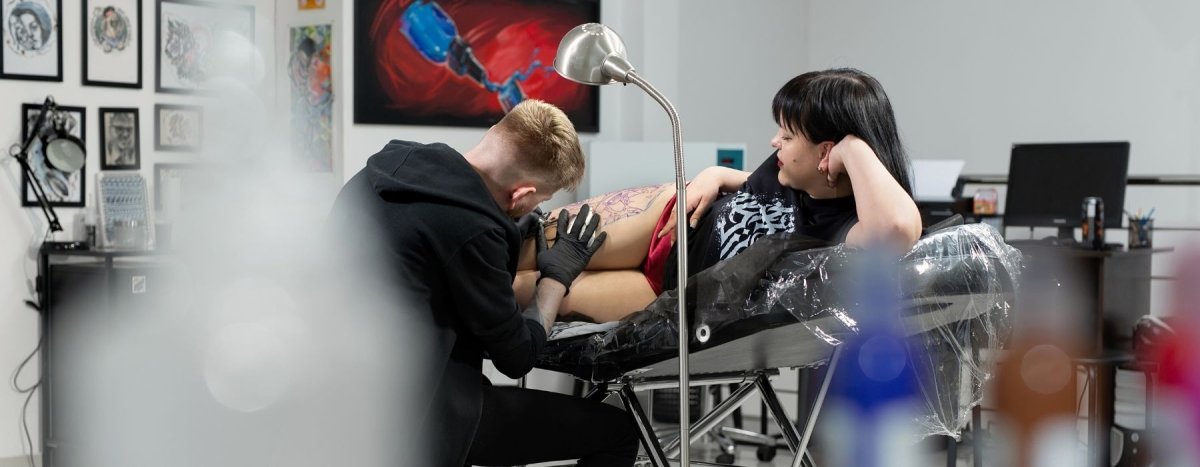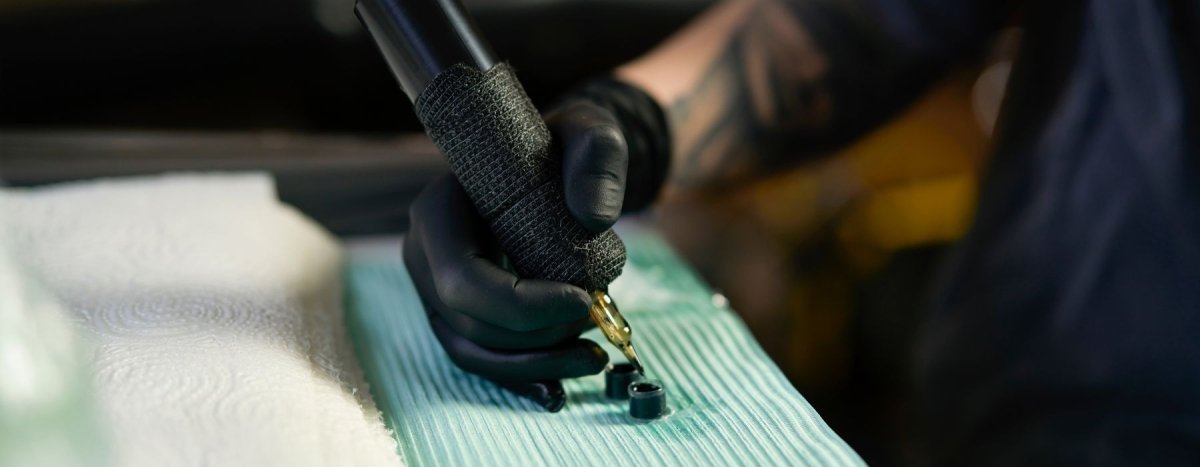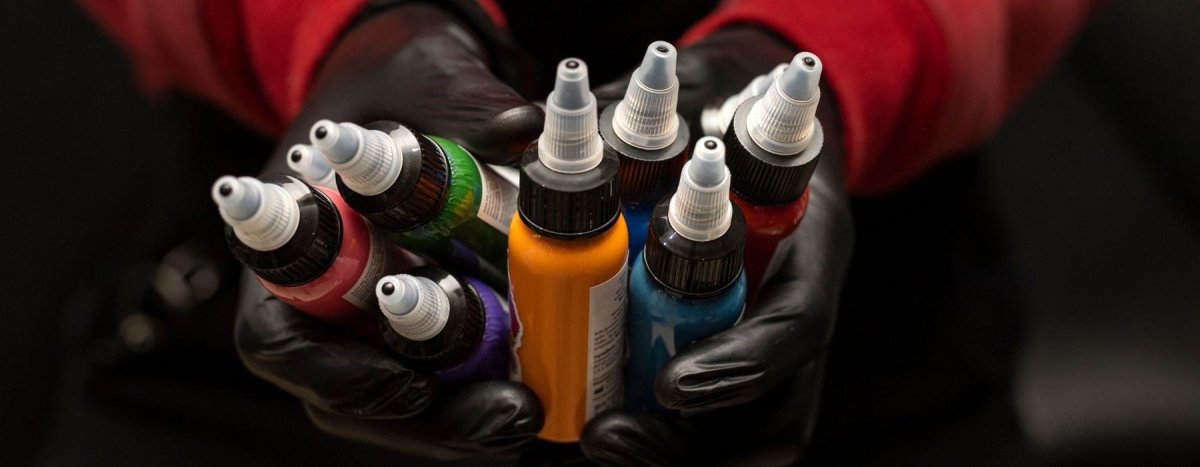Your cart is empty
Looks like you haven't added anything to your cart yet
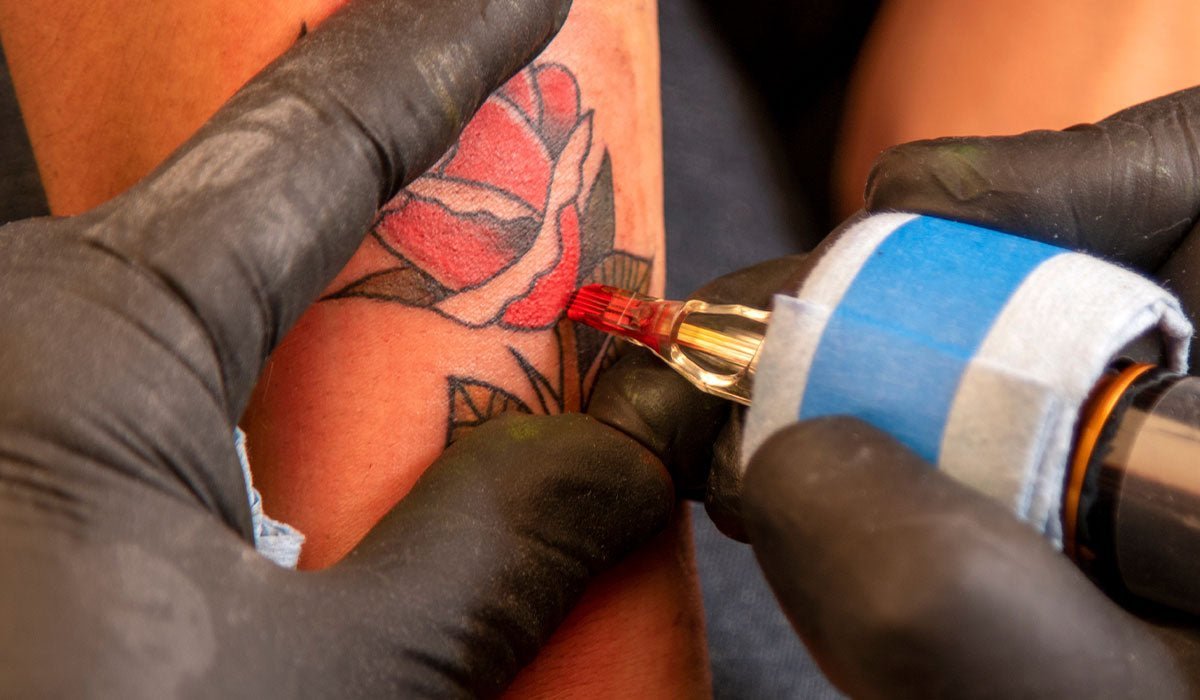
Master the Art of Tattoo Coloring like a Pro
Coloring a tattoo is an essential step in the tattooing process that brings your design to life with vibrant hues and stunning contrasts. Whether you're a professional tattoo artist or an enthusiast looking to enhance your skills, understanding the techniques to color a tattoo like a pro can elevate your work to a whole new level. In this comprehensive guide, we'll delve into the secrets of achieving exceptional tattoo coloration that will leave your clients in awe.
Choose Your Colors Wisely
Before you begin coloring a tattoo, take some time to choose your colors thoughtfully. Consider the client's skin tone, the design's theme, and the emotions you want the tattoo to evoke. Keep in mind that certain colors may fade differently over time, so opt for high-quality pigments that offer long-lasting vibrancy.
Setting Up Your Workspace
Getting your workspace ready is key for a good tattoo coloring job. Make sure it's spotless, has good lighting, and you've got everything you need - different needle sizes, throwaway gloves, ink cups, and paper towels. A tidy and organized space not only makes your work easier but also impresses your clients with your professionalism.
Grasping Color Theory
Knowing color theory well is vital for getting great results in tattoo coloring. Learning about complementary colors, analogous color schemes, and the warmth or coolness of colors is important for making tattoos that really stand out. Try out various color mixes to find the perfect match for each tattoo design.
Adding Depth with Layering
A crucial trick in a professional tattoo artist's toolkit is layering. Begin with a soft base color layer, then gradually increase the depth by adding more layers. This method brings a sense of depth and dimension, making the tattoo appear more lifelike and vibrant.
Gradual Shading and Blending
Achieving smooth transitions between colors is vital to a professional-looking tattoo. Master the art of gradual shading and blending by adjusting the pressure and speed of your tattoo machine. This technique ensures that colors seamlessly flow into one another, resulting in a natural and harmonious appearance.
Pay Attention to Skin Texture
Tattoos are not flat; they interact with the contours and textures of the skin. Work with the skin's natural texture to create a dynamic tattoo that appears to be an integral part of the body. Understanding how colors interact with different skin textures will help you avoid a flat or one-dimensional appearance.
Test on Paper or Synthetic Skin
Before applying color to your client's skin, practice your color techniques on paper or synthetic skin. This allows you to fine-tune your skills, test color combinations, and gain confidence before working on a real tattoo.
Post-Tattoo Care Advice
Educating your clients on proper aftercare is essential for preserving the vibrancy of their newly colored tattoo. Provide clear instructions on washing, moisturizing, and avoiding sun exposure to ensure the colors remain vivid for years to come.
Final Thoughts
To color tattoos like an expert, it's a blend of talent, know-how, and commitment. Picking the right colors, getting color theory down, being a pro at shading and blending, and considering the skin's texture are all key to making tattoos with outstanding color. The key is practice – keep honing your skills, trying out new color mixes, and keeping up with the newest trends in the tattoo world. With patience and persistence, you'll be on track to excel in tattoo coloration.
Featured Blogs
- Choosing a selection results in a full page refresh.




